Guess The GI Foreign Body Part 2
This month we provide more GI foreign bodies for your sonographic entertainment.
Guess the gastrointestinal foreign body!...Revisited…
Similar to last month, I give you the sonogram and brief history and you guess the foreign body that is present. Don’t scroll down until you think you know what the structure is.
Case 1: An 8-yr old Jack Russel terrier presented for persistent vomiting.
Case 2: A middle-aged FS Rottweiler presented for persistent vomiting after dietary indiscretion at a Sunday BBQ. Medical therapy was able to stop the vomiting but anorexia persisted.
Case 3: A 2-year-old Labrador retriever presents for vomiting and anorexia that is non responsive to medical therapy. Gastric and duodenal dilation with hyperperistalsis are present
Case 4: A 3 1/2-month old stray dog was brought to the veterinarian by a good Samaritan couple that found him by a garbage bin shocky, lethargic, and anorexic.


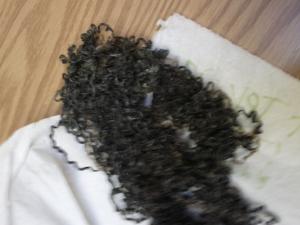
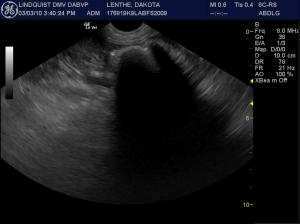
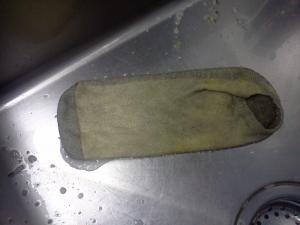
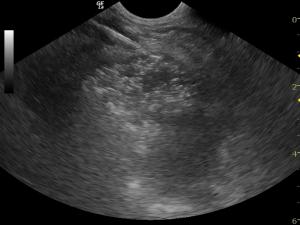
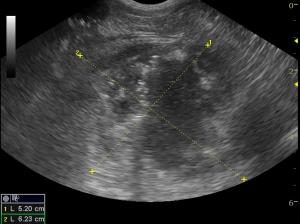
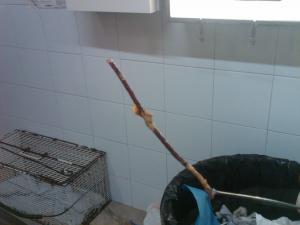

Comments